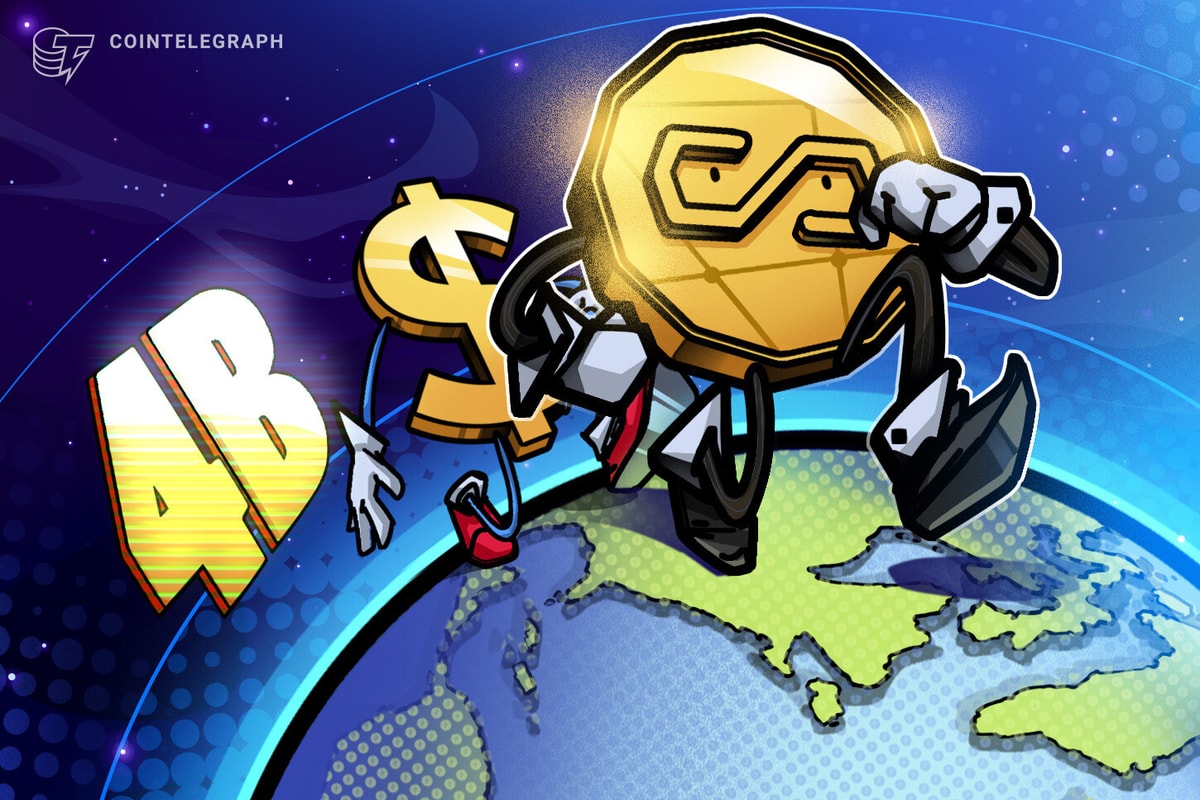The StableCoin Surge: How New Legislation is Revolutionizing the Crypto Industry
The ink has barely dried on the groundbreaking new legislation, but its impact is already being felt in the crypto world. In just one week, the sector has seen a staggering $4 billion added to the StableCoin market capitalization, which now stands at an impressive $264 billion. This surge in interest has also sparked a flurry of activity among companies, with many now eager to get in on the action.
A New Era of Regulatory Clarity
The recent legislation has provided a federal framework for fiat stable coins, freeing banks, asset managers, and other institutional investors from the looming threat of regulatory action by the Securities and Exchange Commission (SEC). This newfound clarity has opened the floodgates for new capital, new players, and increased competition. It’s no surprise that the sector is experiencing a surge in growth, given the increased confidence and stability that comes with clear regulation.
A Shift in the Market
Even before the new legislation was signed into law, there were signs that the market was shifting. The total stablecoin market capitalization has been on the rise, with the sector now boasting a staggering $264 billion in value. This growth is likely to continue, as more and more traditional financial institutions begin to take notice of the opportunities presented by stablecoins.
In a recent interview, Coinbase CEO Brian Armstrong expressed his enthusiasm for the influx of new players in the stablecoin market, stating that he believes “everyone should be able to create stable coins.” This sentiment is echoed by traditional financial institutions, which are now pouring into the market with renewed interest.
Not All StableCoins are Created Equal
While all stablecoins aim to maintain a stable value, they differ significantly in how they achieve this stability. There are four main categories of stablecoins: fiat-backed, crypto-backed, algorithmic, and commodity-backed. Fiat-backed stablecoins, such as USDT and USDC, are the most common, making up around 85% of the stablecoin market. These tokens are backed 1:1 by a fiat currency, such as the US dollar, and are supported by cash or short-term assets like US Treasuries.
StableCoin Design and Institutional Backing
With the new legislation in place, attention is shifting to stablecoin design and the institutions behind them. Franklin Templeton, for example, is set to launch its Benji platform on VeChain, which will enable corporate payments. This move is just one example of how traditional financial institutions are beginning to explore the potential of stablecoins.
Institutions Enter the Fray
Since the new legislation was signed into law, there has been a surge in activity among companies, institutions, and banks looking to enter the stablecoin market. Anchorage Digital, for example, has launched a stablecoin issuance platform in collaboration with Ethena Labs, which will issue the USDTB StableCoin. Meanwhile, Wall Street asset manager Wisdomtree has launched its own stablecoin, USDW, which will enable dividend-paying tokenized assets.
Even the world’s largest banks are getting in on the action, with Bank of America, JPMorgan, and Citigroup all exploring the possibility of issuing their own stablecoins. This influx of new players is set to shake up the market, bringing increased competition and innovation to the sector.

